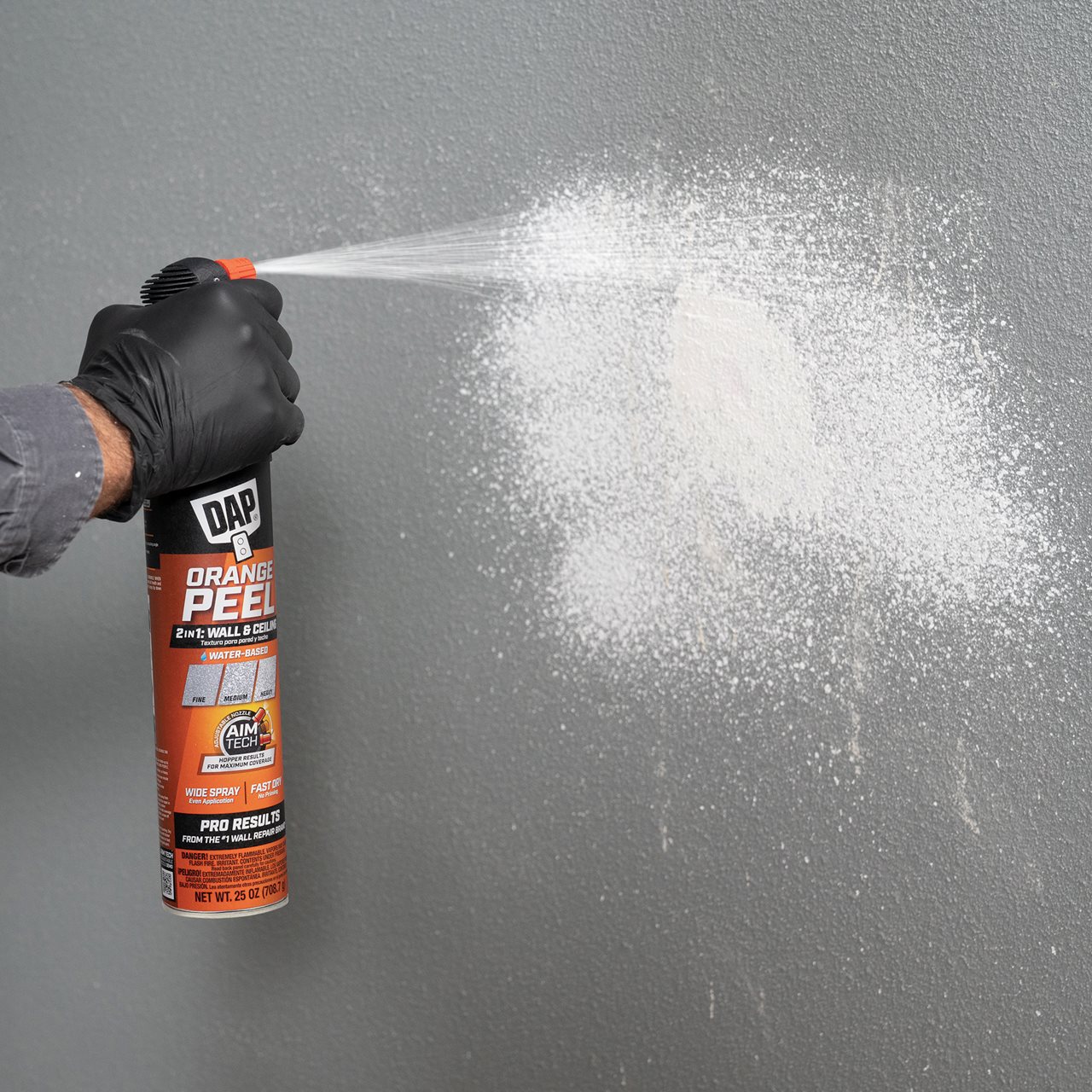2024-05-01T09:01:00
(BPT) – Buying a home may not be the wisest idea in today’s housing market. If you bought or refinanced your home in early 2022, you likely were able to take advantage of a low interest rate and lower your monthly payments. However, if you’re considering selling your current abode and finding your forever home now, the average rate for a 30-year fixed mortgage has nearly doubled over the last two years.
You don’t have to compromise your dreams. With some planning, you can turn your house into your forever home without breaking the bank.
For example, you may consider adding a laundry room, bathroom or outdoor kitchen. Not only do these renovations make your home more enjoyable, but they can also add value to your home. According to the National Association of Realtors, homeowners would recover 75% of the cost of a kitchen renovation and 71% of a bathroom renovation in their home’s increased value.
Of course, adding, renovating or moving a kitchen, bathroom or laundry room has its challenges. A common roadblock you may face during remodeling is plumbing limitations.
Plumbing challenges
If you want to add a new bathroom or kitchen, you may find the space doesn’t have below-floor draining. According to Tom McGuire, a seasoned plumbing professional and owner of McGuire Group LLC, adding below-floor drainage for sinks, showers, tubs and toilets can cost a pretty penny.
When adding a laundry room to a 50-year-old home, McGuire estimated that installing new conventional plumbing drainage would require him to rip up and replace his hardwood floors. That process, he estimates, would have cost at least $5,000, plus an additional $6,000 to cut the concrete beneath and run new piping.
Similarly, homeowners must consider the lack of conventional plumbing lines when installing a kitchen, indoors or outdoors. When New Jersey residents Katie and Patrick Comer wanted to add a wet bar with a sink to their finished basement, they found their home’s plumbing limited their options.
Because the basement floor was below the home’s existing sewer line, wastewater from the bar sink would have to be discharged vertically into the home’s plumbing drainage. In order to connect the below-floor line to the closest sewer access, the project would have to be outsourced to a contractor, increasing costs significantly.
DIY couple Amber and Trey Masciarelli encountered similar problems when adding a bathroom to their basement. With cost- and time-savings in mind, the Masciarellis had to decide if the conventional route of breaking through the basement’s concrete floor to install drainage fit into their remodeling plan or if they’d have to give up the project.
An affordable alternative to traditional plumbing
When conventional below-floor plumbing hinders homeowners’ forever home plans, it’s time to consider alternatives. What is the best, most affordable solution to these potential problems? Above-floor plumbing.
Unlike below-floor plumbing, above-floor plumbing pumps waste and water up and out to the nearest sewer line. During McGuire’s remodel project, he chose a Saniflo gray water drain pump to handle drainage from his home’s washing machine. This solution allowed him to avoid cutting up the hardwood floor and concrete and easily install a new line to the local sewer line.
In the Comers’ project, Katie’s father and brother helped the couple with a Saniflo heavy-duty gray water drain pump. The simple, compact solution didn’t take up a lot of space in the basement and solved their drainage problems. “Bringing the vision of my dream basement to life has been a wonderful experience,” said Katie Comer. “Not only is the bar fully functional, but it’s also aesthetically pleasing, and we didn’t have to break the bank to make our vision a reality.”
The Masciarellis were pleasantly surprised by how easy it was to install the Sanibest Pro. They completed the installation in just two days. “When you first look at the unit, it can be intimidating,” explains Amber. “But we watched the online videos, read the instructions and started dry-fitting components. We soon realized how easy it is to install.”
Choose the best products for your dream home renovations
If you plan to use above-floor plumbing to add a kitchen, laundry room or bathroom to your home, pick durable, affordable and reliable products like Saniflo Drain Pumps and Macerators and Grinders.
If you’re planning kitchen and bathroom projects, you’ll want a rugged, affordable and easy-to-install solution like the Saniswift Pro.
With Saniflo’s above-floor plumbing technology, you can decide where a new kitchen or laundry room will go. The Saniswift Pro’s pump design offers quick installation in hard-to-reach, below-sink spaces.
You’re no longer limited to locations where downhill drainage or gravity evacuates waste. The pump also does not need to be near the main waste pipe as it can discharge waste up to 14 feet vertically and/or 140 feet horizontally. Also, the Saniswift Pro is engineered to extend the pump’s overall lifecycle while eliminating unwanted odors. Servicing can be done without disconnecting any piping to the unit.
When tackling a full or half bathroom installation, the heavy-duty Sanibest Pro is an excellent, adaptable solution. The grinder pump combines a rear-discharge toilet with a 1-horsepower pump system usually situated on the floor.
Designed for bathrooms frequently used by visitors and full-time home residents, the system can provide drainage for a complete bathroom, including a toilet, sink, and tub or shower. The wastewater from the toilet drains into the pump unit, which incorporates a powerful clog-fighting grinder system to quickly reduce the incoming effluent before discharging it to a sewer or septic system.
Not only is the Sanibest Pro a great alternative to traditional bathroom plumbing, but it’s also a great replacement for an existing macerator. When Scott Wright was searching for an above-ground grinder pump toilet to replace his loud and inefficient macerator, he knew he needed a heavy-duty model that could handle frequent usage.
Wright eventually settled on the Sanibest Pro and was excited when it solved his noise and flooding issues. “It flushes better, it cleans the bowl better, and it’s not as bulky as the previous unit. The other day, even my son noticed it’s much quieter than the one we had before.”
Don’t let below-ground plumbing hold you back from turning your house into your forever home. To learn more about how above-floor plumbing can help you add a kitchen, bath or laundry room to your current space, visit Saniflo.com.




















